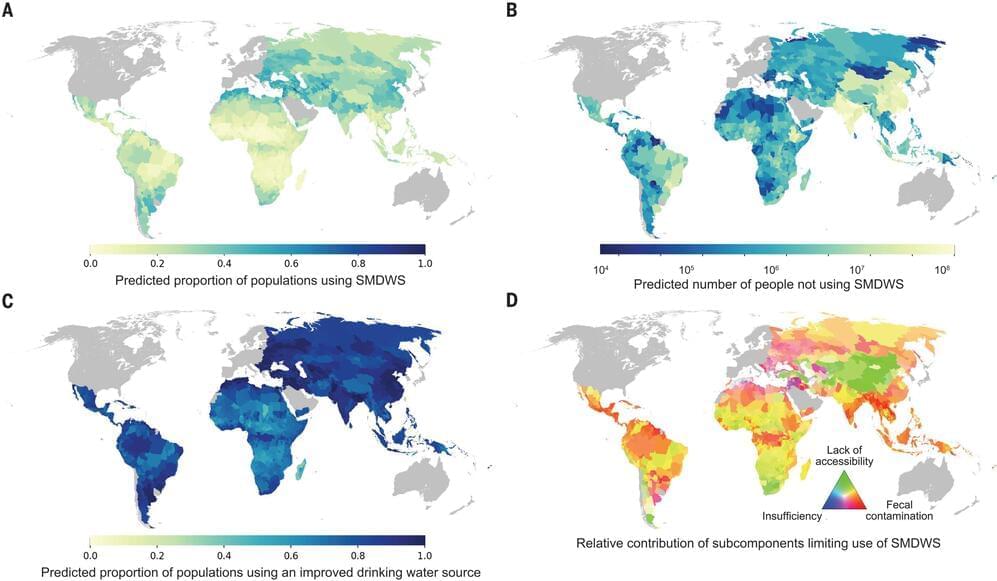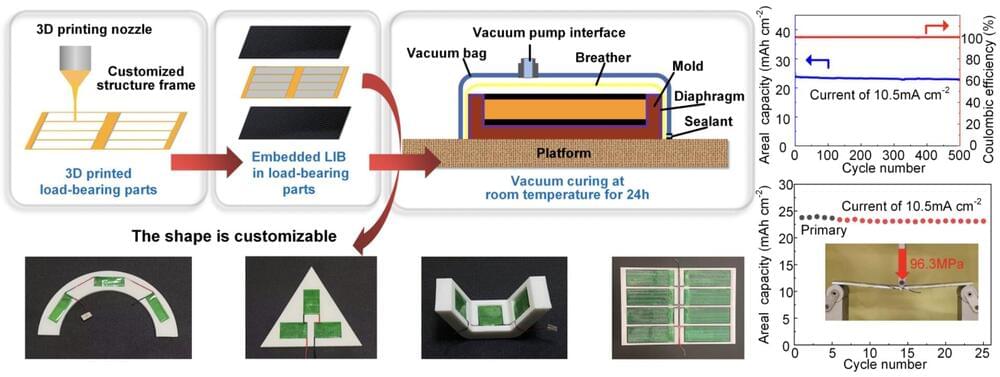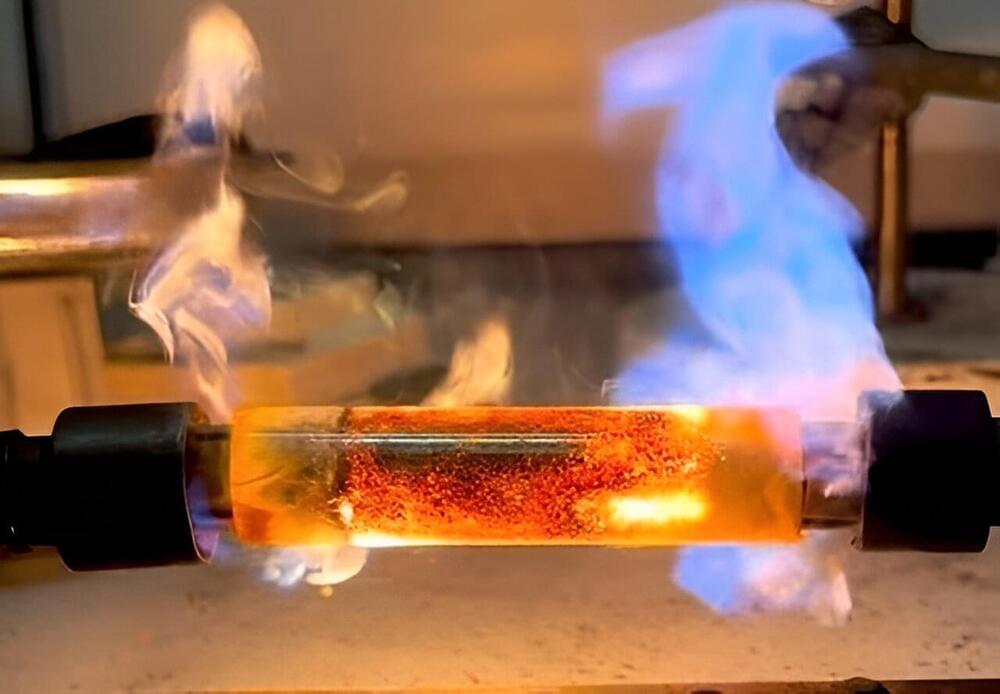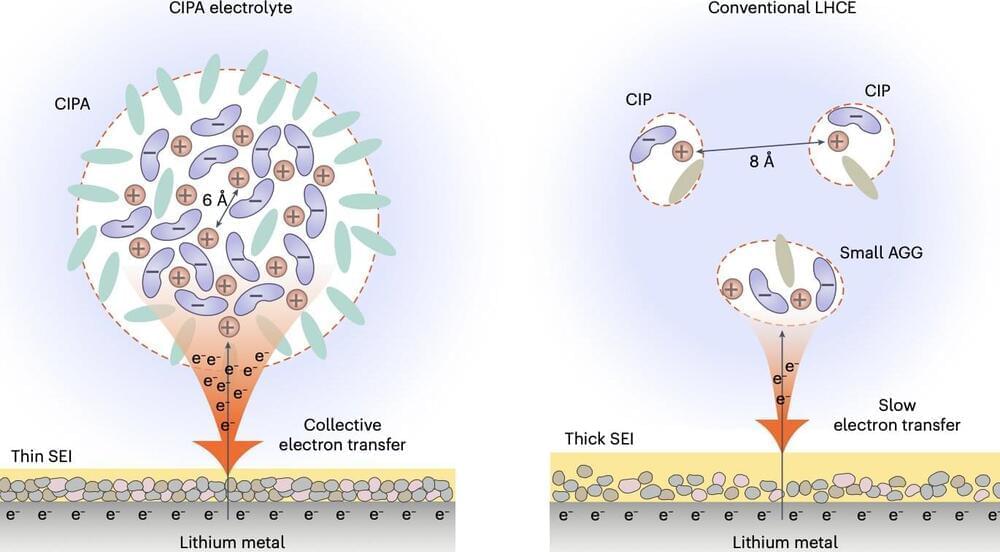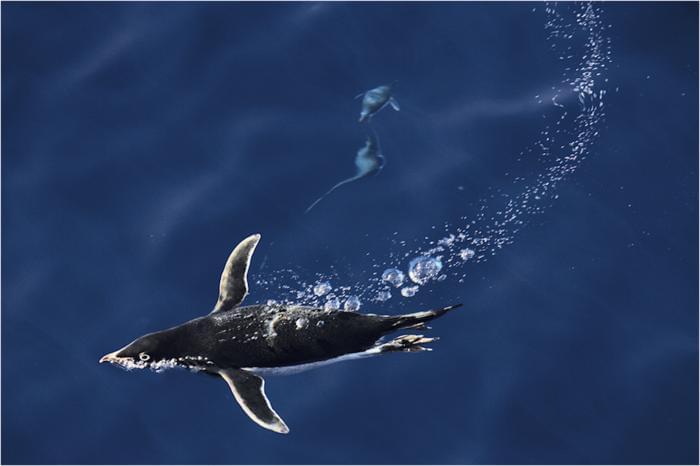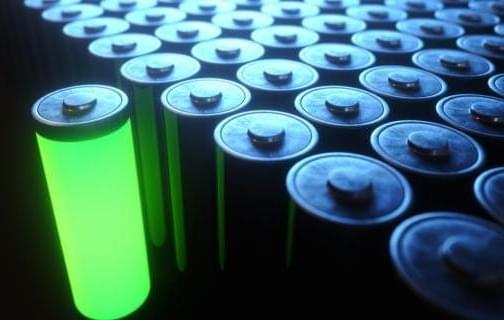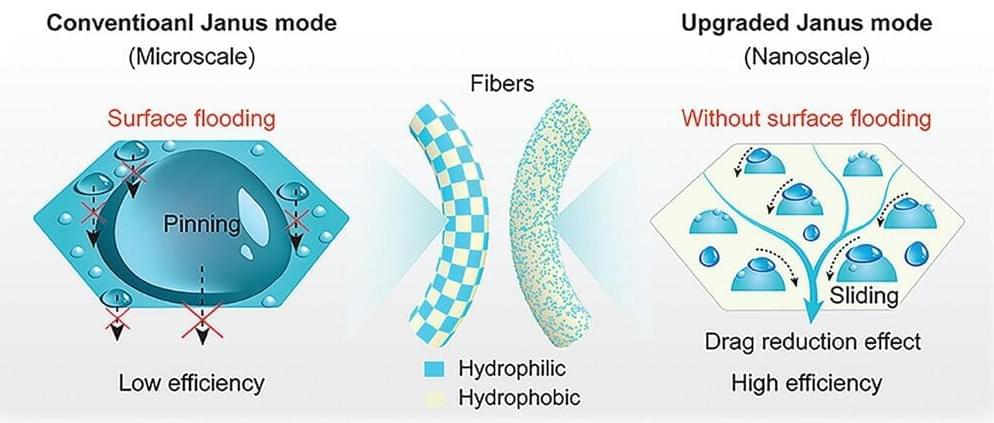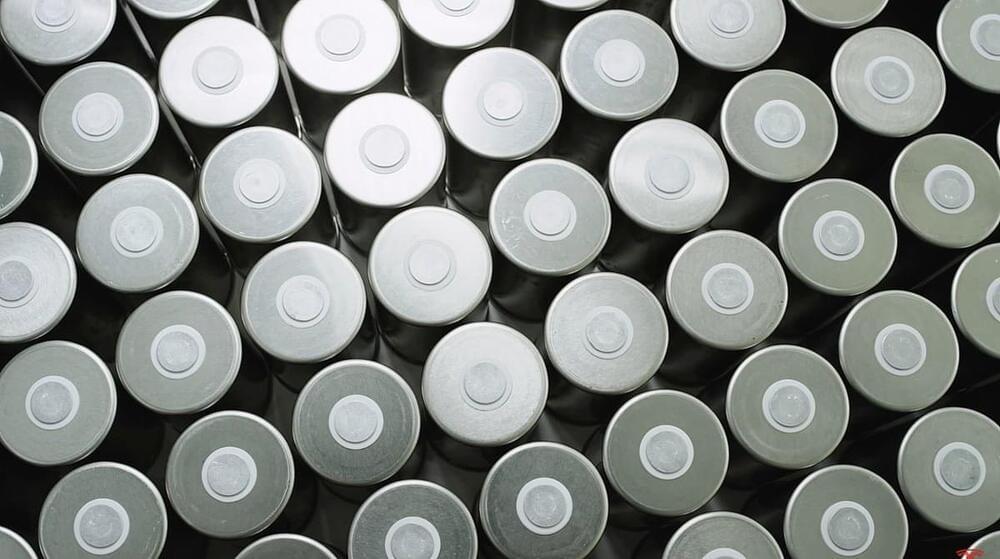The multi-layered coating is not only thinner than the silicon cells typically used in solar panels, but rivals their efficiency, too.
Category: sustainability – Page 35
A multi-institutional team of environmental scientists has built a computer simulation showing that more than half of all people globally have limited access to safe drinking water. The findings are published in the journal Science.
The widespread adoption of electric vehicles greatly relies on the development of robust and fast-charging battery technologies that can support their continuous operation for long periods of time. One proposed energy storage solution to improve the endurance of electric vehicles entails the use of so-called structural batteries.
Structural batteries are batteries that can serve two purposes, acting both as structural components of vehicles and energy storage solutions. Instead of being external components that are added to an electronic or electric device, these batteries are thus directly embedded into the structure.
Researchers at Shanghai University and their collaborators recently devised a promising strategy to fabricate highly performing structural batteries with customizable geometric configurations. Their strategy, outlined in a paper published in Composites Science and Technology, enables the 3D-printing of structural lithium-ion batteries for different geometrical configurations.
James Tour’s lab at Rice University has developed a new method known as flash-within-flash Joule heating (FWF) that could transform the synthesis of high-quality solid-state materials, offering a cleaner, faster and more sustainable manufacturing process. The findings were published in Nature Chemistry on Aug. 8.
Lithium-metal batteries could exhibit significantly higher energy densities than lithium-ion batteries, which are the primary battery technology on the market today. Yet lithium-metal cells also typically have significant limitations, the most notable of which is a short lifespan.
Researchers at University of Science and Technology of China and other institutes recently introduced a new electrolyte design that could be used to develop highly performing lithium-metal pouch cells with longer lifespans. This electrolyte, presented in a paper in Nature Energy, has a unique nanometer-scale solvation structure, with pairs of ions densely packed together into compact ion-pair aggregates (CIPA).
“The primary objectives of our recent work are to markedly accelerate the practical applications of lithium-metal batteries and offer deep mechanistic understandings of this complicated system,” Prof. Shuhong Jiao, co-author of the paper, told Tech Xplore.
A single jar of honey can reveal more about our environment than we ever imagined, finds Graham Lawton.
How can scientists protect biodiversity across the Earth while climate change continues to ravage the planet? This is what a recent study published in Conservation Biology hopes to address as an international team of researchers investigated how conservation efforts within the Southern Ocean should be addressed due to human activities (i.e., tourism, climate change, and fishing). This study holds the potential to help scientists, conservationists, and the public better understand the negative effects of human activities on the Earth’s biodiversity, specifically since the Southern Ocean is home to an abundance of species.
“Despite the planet being in the midst of a mass extinction, the Southern Ocean in Antarctica is one of the few places in the world that hasn’t had any known species go extinct,” said Sarah Becker, who is a PhD student in the Department of Environmental Studies at the University of Colorado Boulder (CU Boulder) and lead author of the study.
For the study, the researchers used the Key Biodiversity Area (KBA) standard—which used to identify sites of vital importance to preserving biodiversity—to examine species within the Southern Ocean. After analyzing tracking data for 13 Antarctic and sub-Antarctic seabirds and seals, the researchers found a total of 30 KBAs existed within the Southern Ocean, specifically sites used for migration, breeding, and foraging. This study improves upon previous research that identified KBAs on a macroscale, whereas this recent study focused on sites at the microscale. The researchers hope this study will help raise awareness for mitigating fishing activities in these areas along with developing improved conservation strategies, as well.
A research team at Rice University led by James Tour, the T.T. and W.F. Chao Professor of Chemistry and professor of materials science and nanoengineering, is tackling the environmental issue of efficiently recycling lithium ion batteries amid their increasing use.
The team has pioneered a new method to extract purified active materials from battery waste as detailed in the journal Nature Communications on July 24. Their findings have the potential to facilitate the effective separation and recycling of valuable battery materials at a minimal fee, contributing to a greener production of electric vehicles (EVs).
“With the surge in battery use, particularly in EVs, the need for developing sustainable recycling methods is pressing,” Tour said.
Researchers develop fibers with nanoscale surface modifications that significantly improve fog water collection rates, offering a promising solution for freshwater scarcity.
Right off the bat, one of the biggest improvements is the weight of the 4,680 shell itself – down to 49g from the 70g weight of a gen 1 cell. Tesla has essentially optimized the shell, making it thinner, and reducing its internal complexity. They do this by welding the tabless electrode to the cell cap.
That weight reduction is significant – at the battery pack level, the Cybertruck has 1,344 cells – which means that it reduces 28.2kg or 62.1lb of the overall pack weight. But rather than leaving that space empty, Tesla has instead filled that weight with more battery material. Calculated, that’s about a 10% increase in overall pack energy density.
The Limiting Factor intends to release another video looking at the energy density of the Cybercell and the detailed specs of the 4,680 cell. We’ll be on the lookout for both of those videos in the coming weeks as they could reveal additional information on Tesla’s 4,680 Gen 2 cells. We’re interested in how the Cybercell shapes up in comparison to the previous 4,680 cells – which were pulled from production after the 4680 Model Y.

